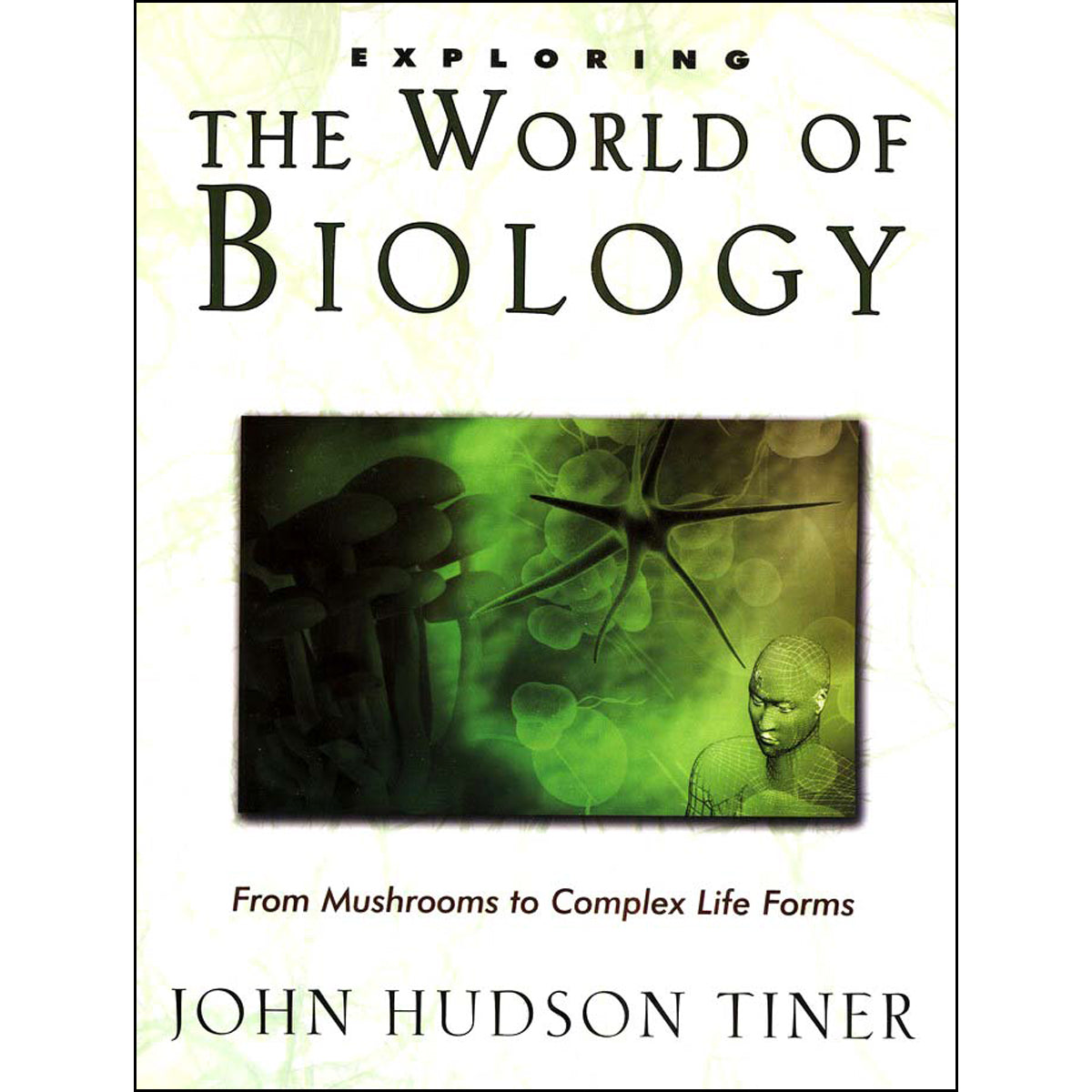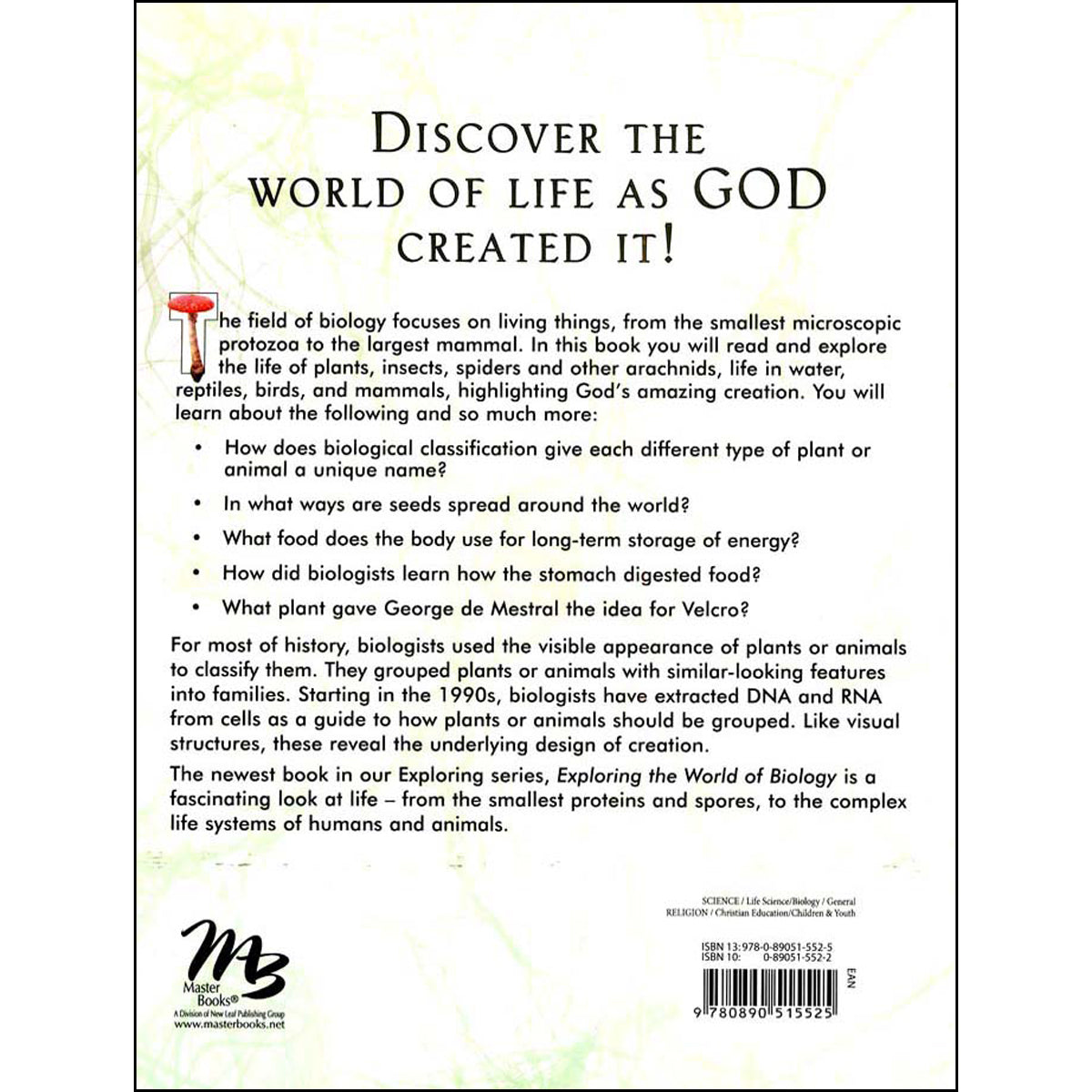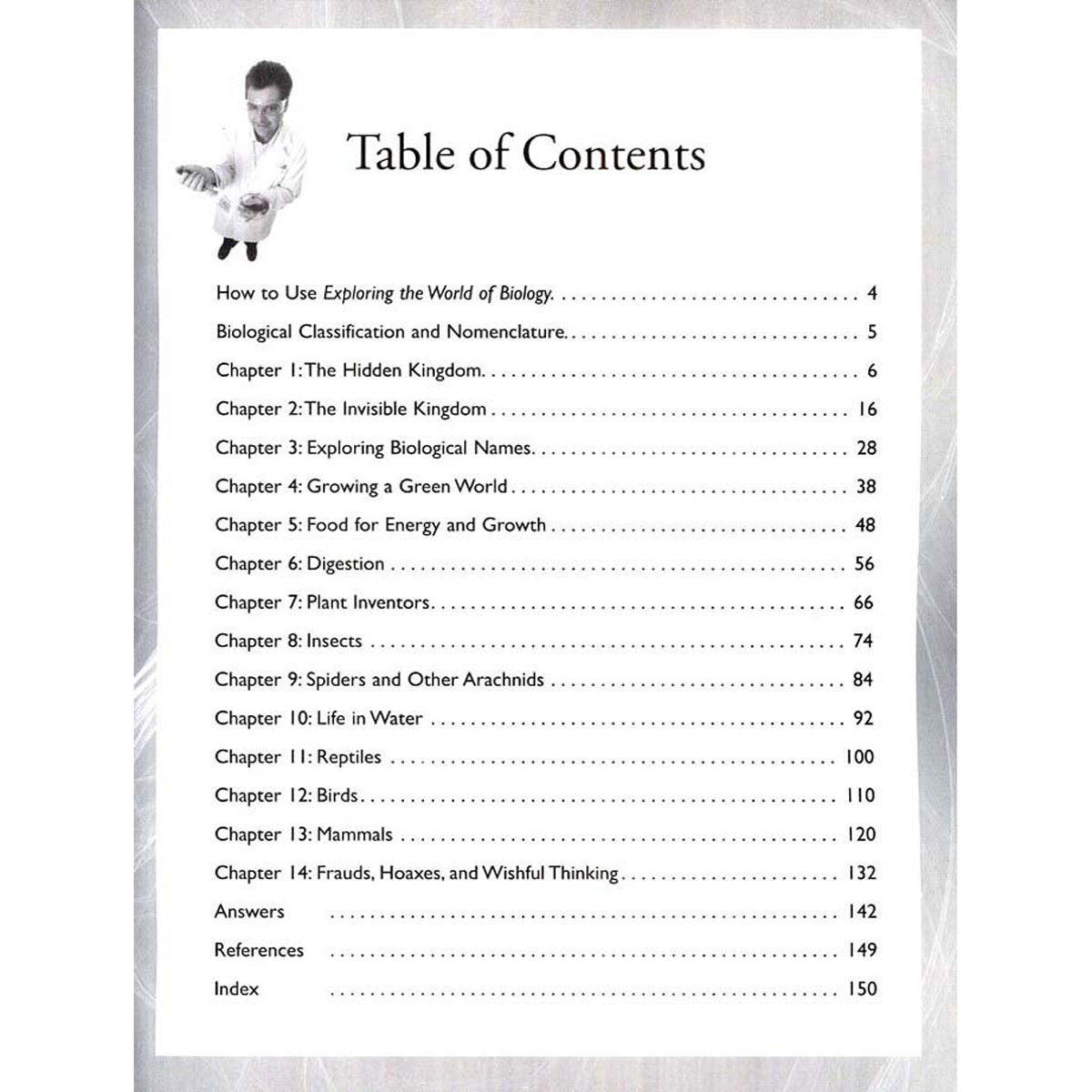Exploring The World Of Biology: From Mushrooms To Complex Life Forms (Paperback)
By: John H. Tiner
Exploring The World Of Biology: From Mushrooms To Complex Life Forms (Paperback) is backordered and will ship as soon as it is back in stock.
Couldn't load pickup availability
Online prices may vary from in-store prices.
Online prices may vary from in-store prices.
Products marked as an "Online Deal" will have online exclusive discounts.
Free shipping for orders over R500
Free shipping for orders over R500
We offer free national shipping on orders over R500.
We charge R75 (click and collect) or R100 (door to door) on orders under R500.
Delivery charges for international orders will be calculated according to the delivery address chosen and the weight of the package. Please review our Delivery Information.
Free and easy returns
Free and easy returns
Let us know that you would like to return a product by contacting our customer support team. You can contact our customer support team by sending an email to online@cumbooks.co.za or calling 086 011 0321.
Product Description
WORLD OF LIFE AS GOD
CREATED IT!
The field of biology focuses on living things, from the smallest microscopic protozoa to the largest mammal. In this book you will read and explore the life of plants, insects, spiders and other arachnids, life in water, reptiles, birds, and mammals, highlighting God's amazing creatio. You will learn about the following and so much more:
How does biological classification give each different type of plant or animal a unique name?
In what ways are seeds spread around the world?
What food does the body use for long-term storage of energy?
How did biologists learn how the stomach digested food?
What plant gave George de Mestral the idea for Velcro?
For most of history, biologists used the visible appearance of plants or animals to classify them. They grouped plants or animals with similar-looking features into families. Starting in the 1990s, biologists have extracted DNA and RNA from cells as a guide to how plants or animals should be grouped. Like visual structures, these reveal the underlying design or creation.
The newest book in our Exploring series, Exploring the World of Biology is a fascinating look at life - from the smallest proteins and spores, to the complex life systems of humans and animals.
Product Information
Category : Educational
SKU : 9780890515525
Author : John H. Tiner
Language : English
Size : 216 mm x 279 mm
Page Count : 160
Format : Paperback
Publisher : Master Books
DELIVERIES
We offer fast and reliable door-to-door delivery through The Courier Guy. For added convenience, you can also choose Click & Collect at a nearby Pargo pickup point during checkout.






